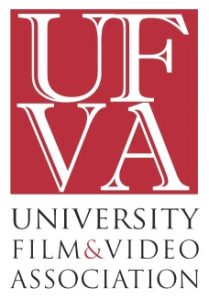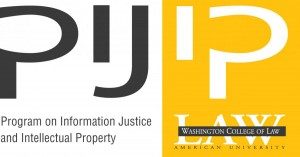Fair Use Language for Course Syllabi
In your own filmmaking, you may find the need to use copyrighted material: music, photographs, movie clips, or any other expression. For many of your uses, you need to find the copyright holder, get permission, and often to pay them. (If the copyright holder has taken a Creative Commons license, it will be very easy for you to see the terms that author has put on any use of his or her work. Most copyrighted work, however, does not have a CC license.) As a copyright holder yourself, you understand the importance of copyright ownership.
For some uses, however, neither you nor anyone else needs to license copyrighted material. This is because copyright law exists to encourage and support creativity. Copyright law recognizes that creativity doesn’t arise in a vacuum. As creators, we all stand on the shoulders of giants. New works of art (such as films, books, poems, paintings) all make use of what has gone before. Thus, copyright law not only protects authors with a copyright that lets them decide who can use their works, but also offers exemptions from the author’s control. For filmmakers, the most important exemption is the doctrine of fair use.
You can rely on fair use, where appropriate, in the film and video projects you undertake for this course. If you are making a documentary film, consult the influential Documentary Filmmakers Statement of Best Practices in Fair Use,which was created by a group of national filmmaker organizations, has been endorsed by the University Film and Video Association, and is now relied on by film festivals, insurers, cablecasters, distributors and public broadcasters. Fair use also applies in the fiction film environment, but not necessarily to the same extent or in the same way. As always, the central question is whether the new use is “transformative” — i.e., whether it adds significant value by modifying or recontextualizing the original.
For more understanding, including information on when you can use works for free without even using fair use, why you (mostly) don’t need to worry about trademarks ,what is in the public domain, how fair use lawsuits have been settled, and on how fair use has been employed successfully in documentary film.
Visit cmsimpact.org/program/fair-use/ for more works you can use in class discussion.



